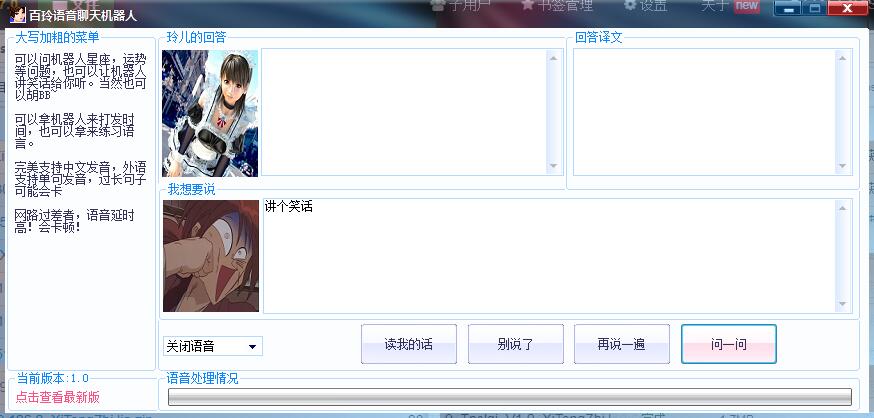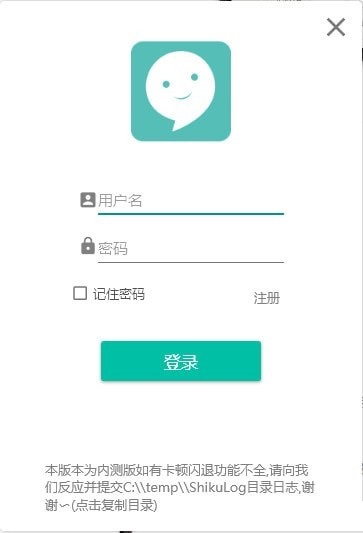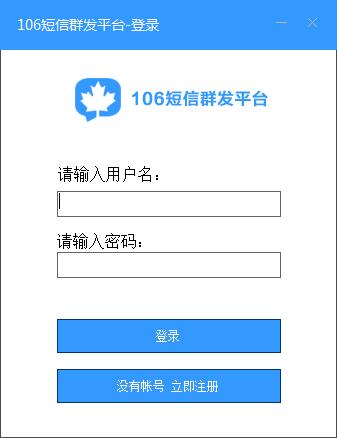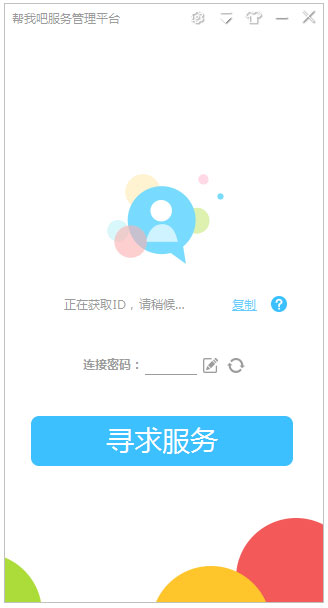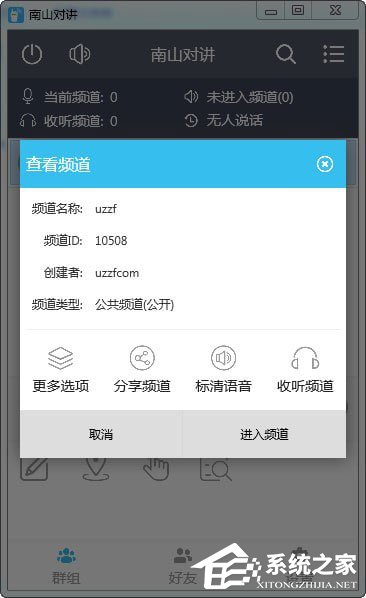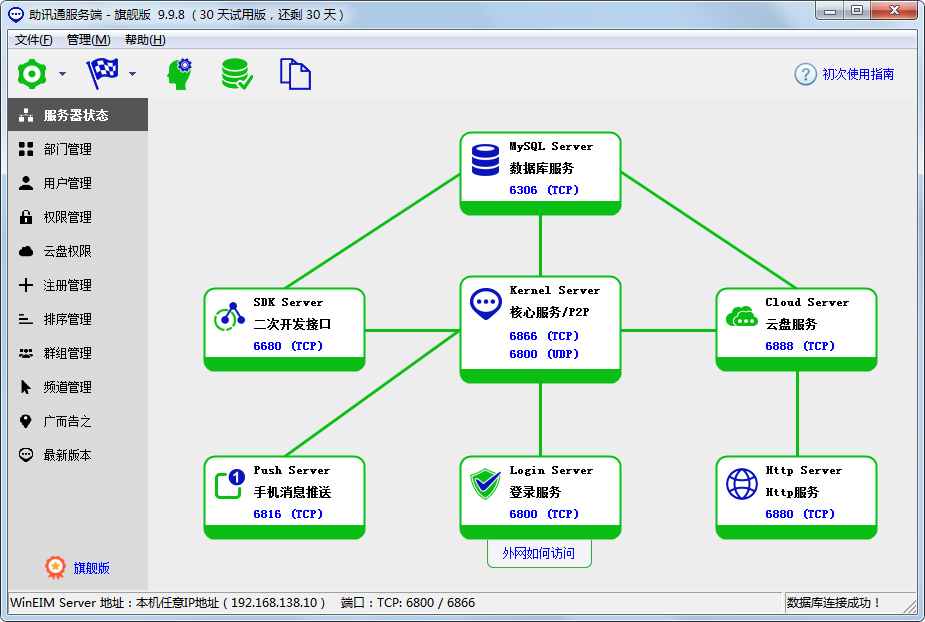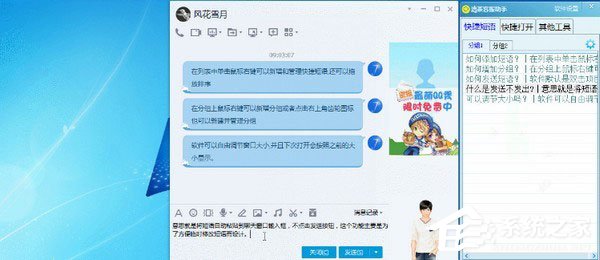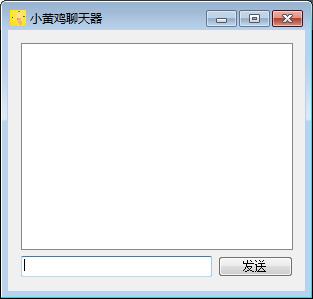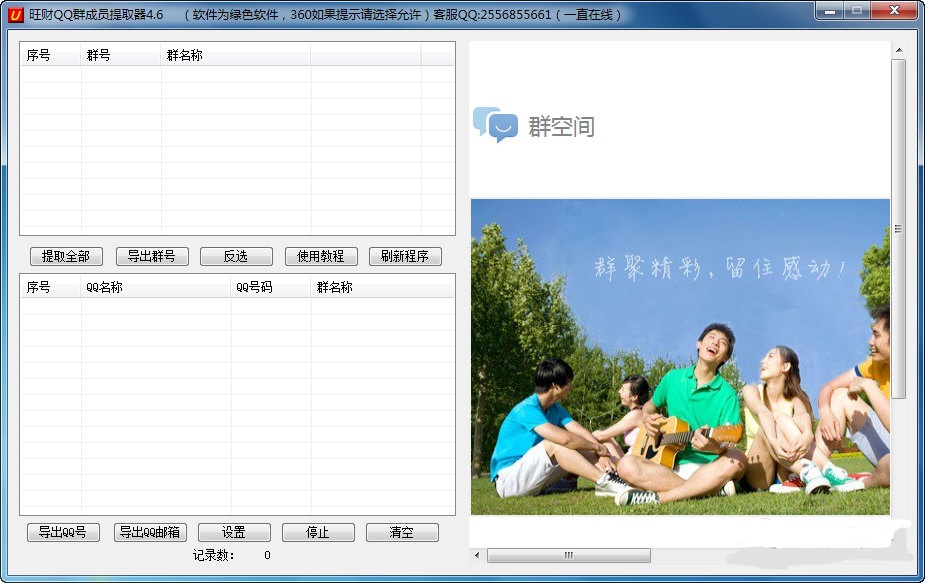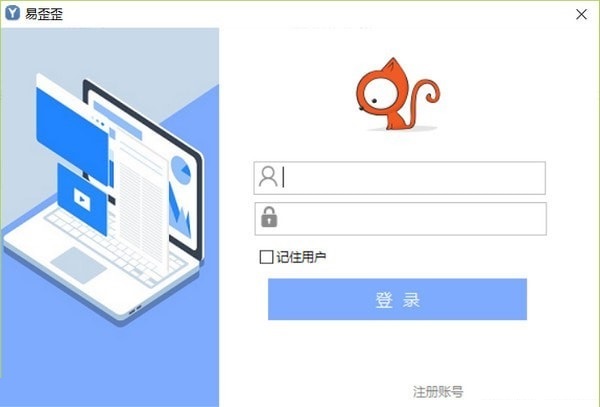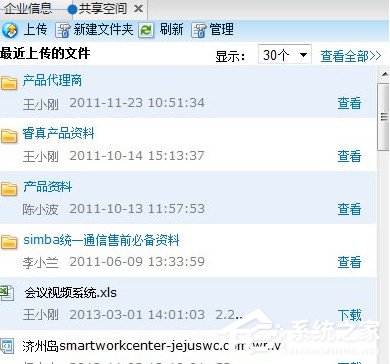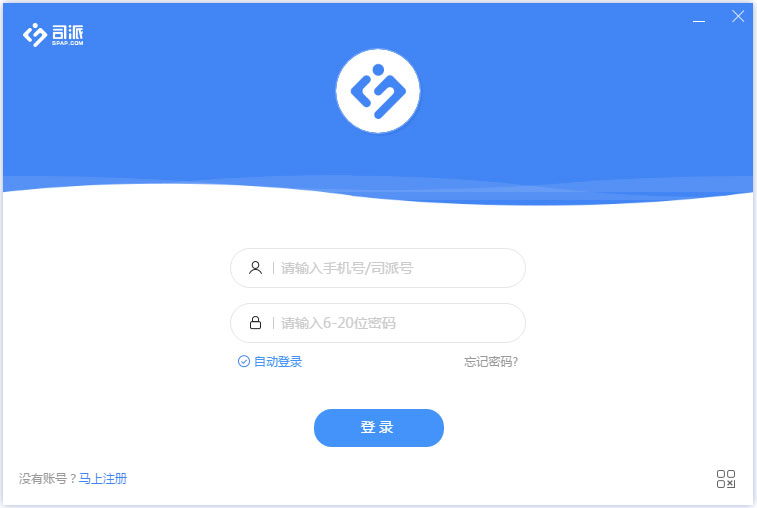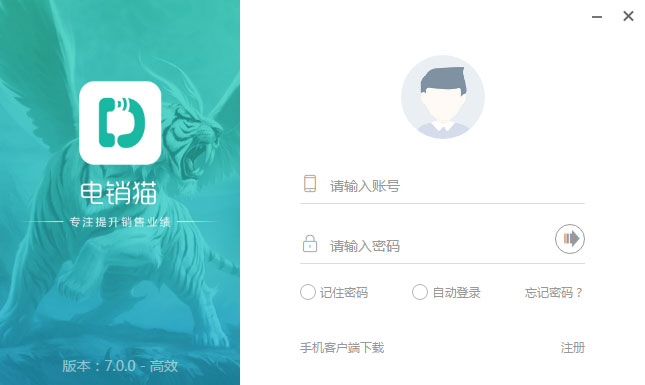iOS Programming Recipe 6: Creating a custom UIView using a Nib
时间:2022-03-15 17:52
iOS Programming Recipe 6: Creating a custom UIView using a Nib
JANUARY 7, 2013 BY MIKETT 12 COMMENTSOne potential drawback with of approach is that you cannot directly link IBOutlets from the Nib since you have no file owner for it. Of course you could grab the subviews by tags and assign them yourself but this is error prone since it’s much more difficult to keep track of tags. Alternatively you could create an extra “template” instance of CustomView, set it as the file owner and then do the manual IBOutlet assignment from the template instance to the actual instance that you’ll be returning. This has the advantage of explicitly naming the UIViews you’re working with but it feels a bit hackish and it takes the most effort to implement.
Reply-
 Mike Turner says:
January
9, 2013 at 5:07 pm
Mike Turner says:
January
9, 2013 at 5:07 pm
Thanks for the comment!
You can actually link up IBActions & IBOutlets, although it is slightly different than with a UIViewController. Using the example above add this property declaration to CustomView.h.
//This will link to the label in CustomView.xib
@property (nonatomic, strong) IBOutlet UILabel *label;Now in CustomView.xib, (control + drag) from the top level object (our CustomView object, where the property declaration lives, instead of file’s owner) to the UILabel. You should be presented with a HUD allowing you to select the “label” outlet just created!
I’ll append the post to show this process.
Reply
iOS Programming Recipe 6: Creating a custom UIView using a Nib,gxlsystem
相关推荐
- Android系统编程入门系列之界面Activity交互响应
- 新型横向移动工具原理分析、代码分析、优缺点以及检测方案
- uni-app滚动视图容器(scroll-view)之监听上拉事件
- uniapp h5,app两端复制文本
- Android系统编程入门系列之界面Activity响应丝滑的传统动画
- 【Azure 应用服务】App Service 配置 Application Settings 访问Storage Account得到 could not be resolved: '*.file.core.windows.net'的报错。没有解析成对应中国区 Storage Account地址 *.file.core.chinacloudapi.cn
- 诺基亚短信生成!太好玩了
- iOS 跳转App Store进行评分
- 开发一个即时通讯App
- 关闭苹果IOS app自动更新
电脑软件
本类排行
- 1关闭苹果IOS app自动更新
- 2iOS 跳转App Store进行评分
- 3诺基亚短信生成!太好玩了
- 4Android系统编程入门系列之界面Activity响应丝滑的传统动画
- 5uniapp h5,app两端复制文本
- 6uni-app滚动视图容器(scroll-view)之监听上拉事件
- 7新型横向移动工具原理分析、代码分析、优缺点以及检测方案
- 8Android系统编程入门系列之界面Activity交互响应
- 9开发一个即时通讯App
- 10【Azure 应用服务】App Service 配置 Application Settings 访问Storage Account得到 could not be resolved: '*.file.core.windows.net'的报错。没有解析成对应中国区 Storage Account地址 *.file.core.chinacloudapi.cn

